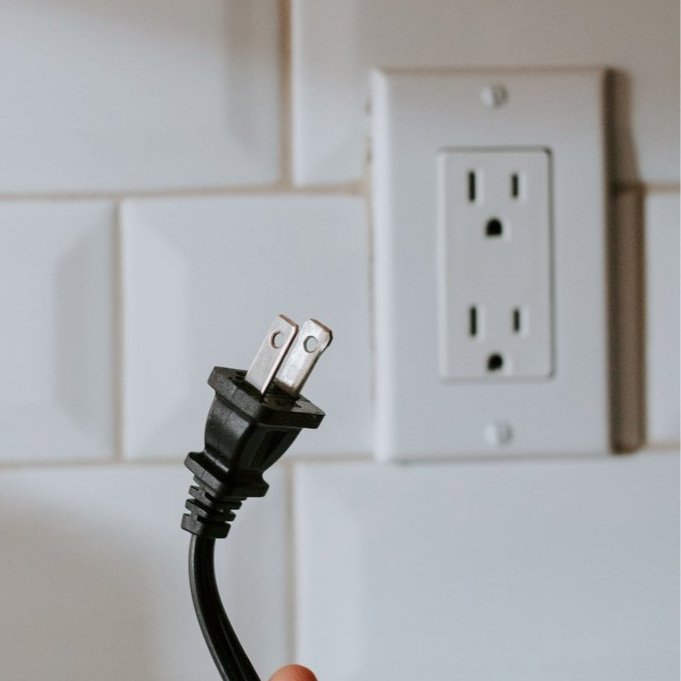4 Ways to Avoid Big Costs Later
Imagine this: your custom built home is finally finished. It’s everything you’ve wanted and dreamed of. You budgeted and saved for years and now can finally move in. Incredible, right? Unbelievably exciting, no?
Now imagine 6 months in, you realize the house never warms up in the winter. You don’t have a spot to plug in the lamps that will tie your dream family room together. And worst of all, every time it rains you step out the front door into a giant puddle that runs the course of your front walk.
Disheartening, isn’t it? The worst part about this disappointing future surprisingly isn’t the inconveniences involved - it’s actually the cost of what it will take to fix them. Could you imagine spending a significant sum on your dream home only to learn a few months or a year later that you need a costly update?
While emergencies always pop up, poor planning is something different. Below, we’ve highlighted four areas you can target to help reduce these future costs.
1. Choose your lot carefully.
The location of your new home can have a huge impact on the home building process. It can affect the exterior, the layout, the lighting, everything. We recommend having some idea of your must haves before buying a lot, then purchasing one that will meet those. After that, however, we need to shift our thought process to ensure we design for the lot. Ignoring the area your home sits on and its limitations can be extremely costly down the road.
2. Design with purpose.
Similar to choosing a lot, it’s important to be smart about the house design. Planning ahead will help us understand how each room could affect another. For example, we don’t want a basement bedroom directly underneath the kitchen, or a bathroom that opens directly into an eating area. Rooms with poor function or that you don’t like could lead to a remodel far sooner than you need.
3. Pay attention to the ductwork.
Understanding how your heat and air conditioning will flow through your house can have a major impact on your bills. Poor ductwork can lead to inefficient cooling and heating, causing your utility bills to sky rocket. Not to mention, an inefficient duct system could actually lead to issues with your HVAC system. Even with homeowners insurance, this can be a costly fix.
4. Think about electricity.
Wiring is one of those little pains that pops up every time someone moves into a new house. You decide to put the tv on one wall, but suddenly realize the only outlet is on the other. Do you run an ugly cord across the floor or ceiling of your beautiful new home or pay an electrician to move the outlet? Having a custom home built means you don’t have to deal with a previous owner’s poor decisions. Make sure the outlet is on the correct wall to start.
We believe you should never be out money because of poor planning. Be diligent and ensure your custom home builder has these in mind from the beginning.
WillowTree Custom Homes starts every custom home project with kickoff meeting. We try our best to understand your needs and wants, then work with you to ensure the design will match an efficient functionality. If you’re ready to start the conversation about your dream home, contact us today.

